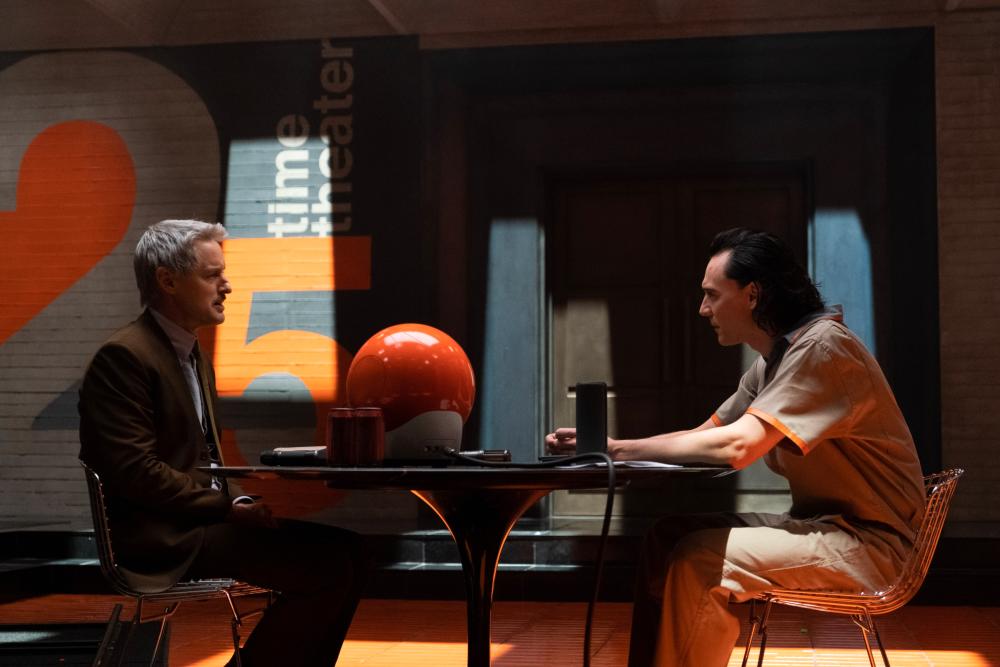If you’ve loved the Loki sets so far, you’ll want to get familiar with the name of the production designer. To bring the world of Loki to life, filmmakers turned to none other than Kasra Farahani.
The set of the Marvel Studios’ series was created in Georgia and utilized Pinewood Studios sound stages and locations around the state. Due to the schedule, building practical sets and using real locations was a necessity for production.
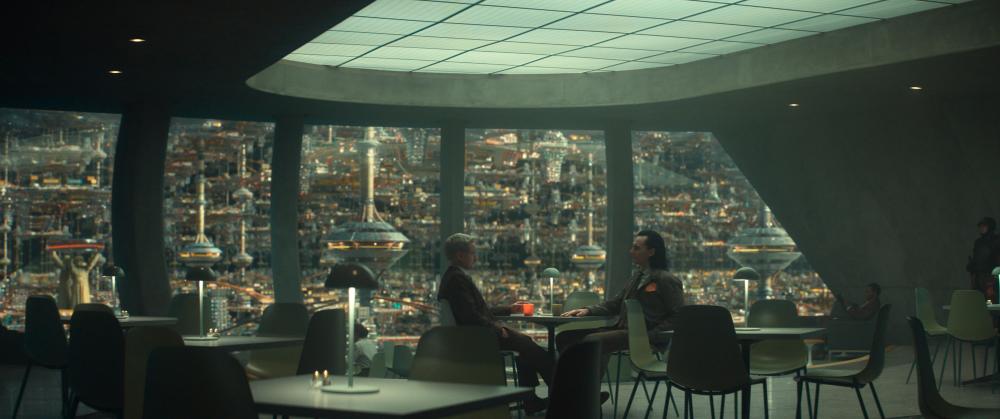
“A big part of that was building out the TVA and building sets that could be flipped and turned over, and building all of the hallways and building all of these locations so that it could be a real lived-in world,” said co-executive producer Kevin Wright.
“Kasra has gone above our wildest, wildest dreams,” Wright added. “At the speed of which this show moves, it’s almost every week, we’re moving into new spaces and new sets. Every time, you can see on the actors’ faces as soon as they walk in that they’re blown away. Real, practical, lived-in spaces elevate everything. A real standout of this show are these amazing sets that Kasra has built for us.”
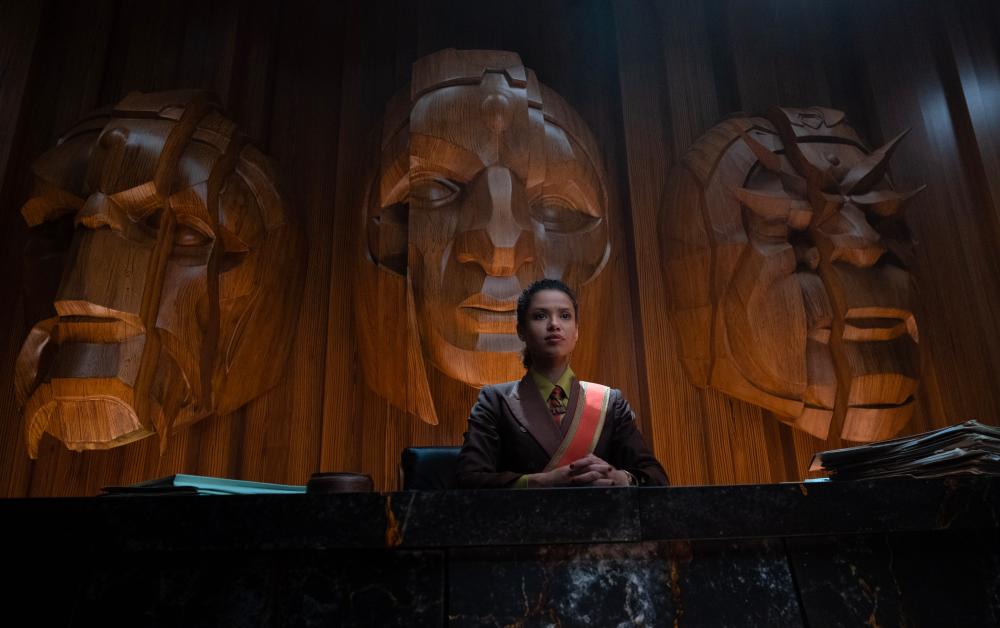
Having practical sets and locations also worked very well for Autumn Durald Arkapaw, the director of photography, who enjoyed shooting in a real space.
Some of these locations include a quarry in northern Georgia which became a mining town; an Atlanta downtown hotel became the home to the Time Variance Authority’s archives; and a vacant discount store transformed into Roxxcart, a futuristic superstore with merchandise costing at sky-high, inflated prices.
The scene in Renslayer’s office is a real office with an actual ceiling with practical lighting built in. Another example is filming the time theatre scenes in a Brutalist space with ceilings and lights, which created a sense of scale and grounds the scenes.
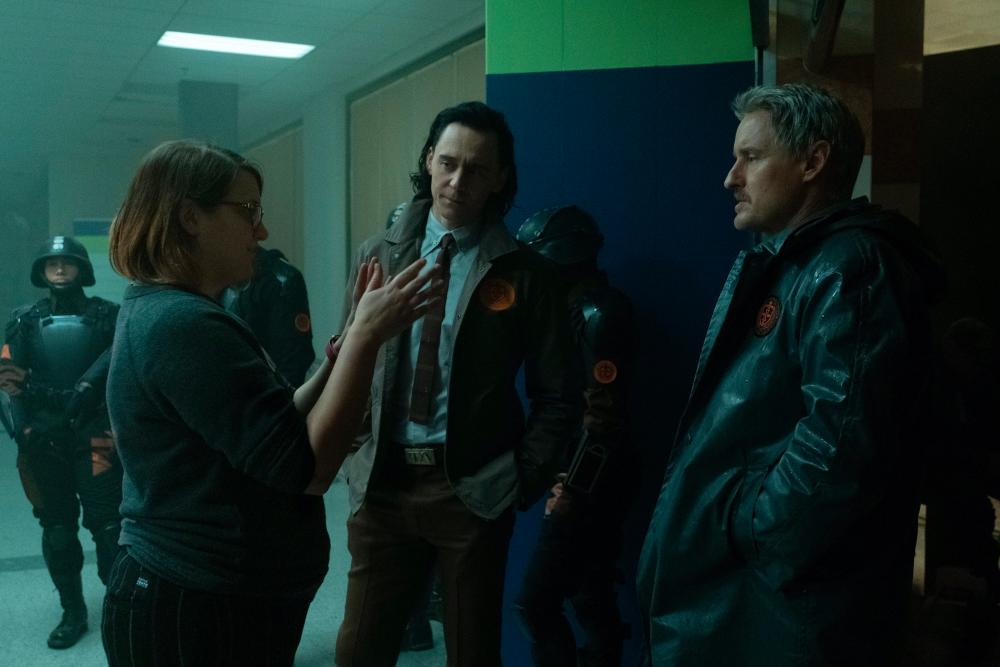
It was this grounded, tactile, real-life feeling that director Kate Herron wanted. “It was amazing when Kasra pitched his ideas because I remember there were images in his pitch that were in my pitch. Already from the get-go it just felt amazing to know that we already had that common ground and that we both were aiming for the same story.“
Herron further explained why shooting in a real environment is important. “The sci-fi I really love has this kind of gritty realness to it, and it’s not so unbelievable that it doesn’t feel like something too far away from our future now. But there are just little hints, like the security robot, for example, in the set that remind you that you’re in the future.”
As it happens, Buzz had an opportunity to have a chat with director Kate Herron about the sets and locations of Loki.
1. What was the most challenging thing for you as the director?
I think for me it’s paying respect to what’s come before Loki and also having a good reason to go back into his character because he’s a beloved character. We’re taking a Loki from Avengers who’s obviously at a very different emotional space to the Loki we’ve seen grow and change across the MCU. So, the challenge then becomes how this new Loki reacts to this new area of the MCU we’re taking him.
2. Was it all filmed in green screen? What were some of your favourite locations to shoot and the challenges it posed?
We actually built a lot of our sets. It’s really important for me for TVA to look like this living, breathing place and having classical sets really allow us to do that and we use effects to really just enhance all the sets they went to. One of my favourite locations is the location at the beginning of episode 2. It’s just because I’m very nerdy so I had a lot of fun filming that.
3. Were there any challenges filming in the pandemic?
Yeah. We were about halfway through filming and then obviously like the rest of the world, we had to go home and stay inside. I think for me I just try to make the best of it with the team and we’re editing everything we’ve already filmed.
I think that was very helpful in the sense that it really helped us inform the rest of the show as we went back in. Just tonally we’re kinda seeing ‘ok this really works’ or ‘maybe isn’t landing how we thought it would.’ There are also the little details the actors were bringing in as they were finding their characters which we think ‘that’s really cool’ and we want more of that.
Obviously, it was already quite a challenge making a show of this scale but we had an amazing safety team with us. I’m really grateful to the casting crew because we did all have to isolate for a long time to get it finished. Everyone was just really grateful to be working so we all took it very seriously.
4. Were there any particular shows or movies you used as inspiration to bring the show to life?
Oh there are so many! The Hitchhiker’s Guide to the Galaxy, Metropolis, Blade Runner, Brazil, The Jetsons, Jurassic Park... We’re pulling left right and centre of all kinds of things. Basically I love scifi and I want the show to be kind of a love letter to scifi so we pulled inspiration from far and wide.
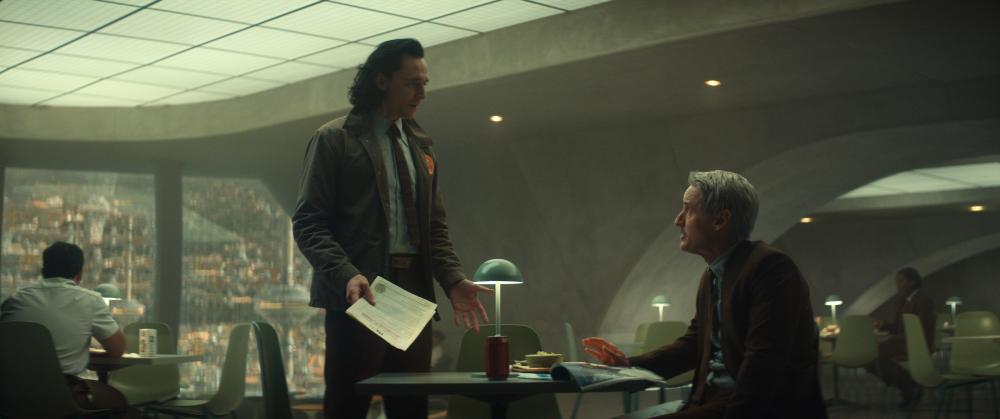
5. Can you tell us more about the decoration and design of the TVA and the thought process that went into it? The interior of the TVA seems to be inspired by the 70s and 80s and since the TVA controls time, I thought they would have kept up with the times.
Yeah, I thought what was fun about it was that I used to work in a lot of offices and even those things like the computers aren’t even the latest computers. It was like “oh if you break it, we’ll replace it.” I liked the idea that the people at the top of the tree kind of not have the most up to date tech in that sense.
I thought it was interesting because we had this mixture of Brutalist architecture which fits the godlike characters called the Timekeepers who oversee the TVA but then we also have a Midwest Madmen style because the TVA is very heroic.
The TVA aren’t really in the past and they’re really not in the future. They’re outside of time and space so it felt like we can kinda have a bit of fun with pulling in different areas of architecture and design, and also give it a new spin.
6. Will there be a second season or is it a limited series?
I always thought about it as just 6 hours of storytelling because I’m still finishing the show so I don’t know but never say never. I don’t know what Marvel is planning but we designed the show in these 6 episodes.
7. What was it like working with Tom Hiddleston and the whole crew?
It was great and really enjoyed working with the writers. I thought the stories were excellent and it was such a cool new way to explore Loki, and where we are going to take that character. Tom is a delight. Very lovely, very charming and he was an executive producer in this as well so we collaborated quite closely on story and just across the show generally. It was all so fun to work with all of our cast.
8. What can we expect from the show?
Oooh, I would say it’s an epic adventure of identity!



